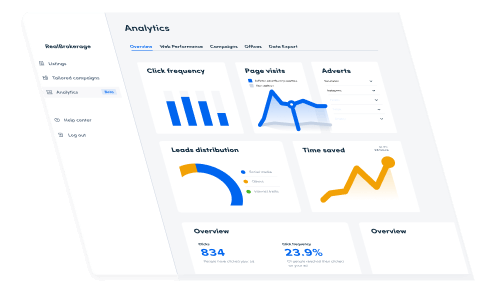
The Strategic Advantage of Database Management and Infrastructure Optimization
In the rapidly evolving digital landscape, databases stand as the backbone of almost every enterprise, powering everything from simple websites to complex analytic tools and customer relationship management systems. As businesses grow, so does the need for robust, scalable, and secure database infrastructures. it is important to explores the significance of databases and their infrastructure, the role of local servers, and the best practices in monitoring tools. It also delves into the advantages of maintaining control over your databases and data.
Understanding Databases and Their Infrastructure
A database is a structured collection of data that can be easily accessed, managed, and updated. Database infrastructure refers to the hardware and software components, including servers, storage, and networking, as well as the database software itself. This infrastructure can be deployed on-premises, in the cloud, or in a hybrid model that combines both.
Local Servers vs. Cloud Solutions
Local servers are physical or virtual servers that are maintained on-premises. They offer businesses complete control over their database environment, including the hardware and software. This control extends to data sovereignty, security, and compliance, making local servers an attractive option for industries with stringent regulatory requirements.
Cloud solutions, on the other hand, offer scalability, flexibility, and cost-effectiveness, as they eliminate the need for physical hardware and reduce the burden of maintenance. However, they may pose challenges in terms of data sovereignty and latency, depending on the provider and architecture chosen.
The choice between local servers and cloud solutions depends on several factors, including compliance requirements, budget constraints, and specific business needs.
Monitoring Tools: The Key to Optimal Performance
Effective database management relies heavily on the use of monitoring tools. These tools provide real-time insights into the health, performance, and efficiency of database operations. Popular monitoring tools include:
-
Prometheus:
An open-source system monitoring and alerting toolkit, widely used for its powerful querying language and multi-dimensional data model. -
Grafana:
Often used in tandem with Prometheus, Grafana is an open-source platform for monitoring and observability that allows you to visualize and alert on metrics and logs. -
Nagios:
A comprehensive monitoring system that offers monitoring and alerting services for servers, switches, applications, and services. -
Datadog:
A cloud-based monitoring service that provides extensive monitoring capabilities across cloud services, servers, databases, tools, and services.
The choice of monitoring tools depends on the complexity of the database infrastructure, the specific requirements of the organization, and the preferred deployment model (on-premises vs. cloud). Having control over your own databases and data brings numerous strategic advantages
The Strategic Advantages of Database Control.
By managing your own databases, you can implement security measures and compliance protocols tailored to your specific requirements. This is crucial in industries subject to strict data protection laws.
Direct control allows for the customization of the database environment to suit unique business needs, including performance tuning, storage optimization, and application integration.
Maintaining databases in-house or in a dedicated private cloud ensures data sovereignty, reducing the risk of data being subject to foreign jurisdiction and laws.
While cloud solutions offer pay-as-you-go models, they can become expensive at scale. Owning your infrastructure can lead to better cost management and predictability in the long term.
Dynamic reporting with better tools, and have revolutionized the way organizations access, analyze, and report data, to Improved Decision Making, Increased Productivity
Secondly Custom Development.





Easy Dynamic Reports how it will help you
- Real-time Data Access.
- Enhanced Customization and Flexibility
- Improved Decision Making
- Increased Productivity.
- Scalability.
- Cost Efficiency.
- Enhanced Collaboration.
- Accessibility
Take our service now!
Eyerything you need to to digitalise and grow your company or business
easy, faster and cost effective.









